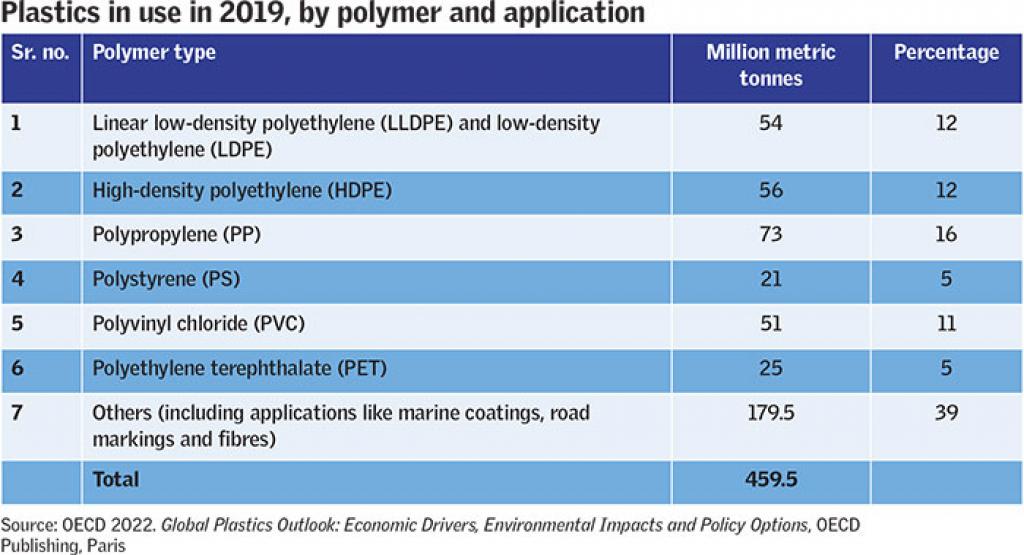

CSE report groups nations on the basis of laws regarding regulation of what are building blocks of most plastic items, negotiations regarding which are critical



In the context of the ongoing negotiations within the United Nations Environment Assembly (UNEA) to end plastic pollution, the term “primary plastic polymers” refers to the types of plastic resins or polymers that are commonly used in the production of plastic products. These primary polymers represent the foundational building blocks of most plastic items found in everyday use.

The negotiations surrounding primary plastic polymers are critical because they focus on addressing the root causes of plastic pollution by targeting specific types of plastics that contribute significantly to environmental degradation and marine litter. By identifying and addressing these primary polymers, policymakers and stakeholders aim to implement targeted measures to regulate plastic production and consumption.
Only Pacific Small Island Develoing States (PSIDS) have agreed to reduction targets they were featuring in the zero draft text. The European Union has also agreed to some important parts of this obligation such as reduction targets, removal of subsidies and establishment of regulatory requirements for plastic producers.
The United States is interested in reducing the demand of primary polymers and the African group has asked for the production levels to be brought down to sustainable levels. None of these countries agreed to the reduction targets.
Egypt did not align itself with the African group for this provision. The US proposed a science- and risk-based procurement policy to reduce plastic waste, indicating that they want this treaty to address the plastic crisis through the lens of plastic waste management.
Iran suggested that Parties could develop nationally determined targets and take necessary measures to achieve them. However, it also emphasised that prevention and mitigation activities are required for impacts due to consumption and disposal of plastics and not production of plastics, thus aligning with the US.
Plastic producing countries like China, India and Japan, alongwith oil and gas major Russia, have indicated that they do not want this obligation to feature in the final text of the treaty — indicating that these countries have prioritised their economic interests over the objective of this treaty to end plastic pollution.
To download the whole report, click here.
This is a click to zoom map. View the larger image by clicking on it
We are a voice to you; you have been a support to us. Together we build journalism that is independent, credible and fearless. You can further help us by making a donation. This will mean a lot for our ability to bring you news, perspectives and analysis from the ground so that we can make change together.

Comments are moderated and will be published only after the site moderator’s approval. Please use a genuine email ID and provide your name. Selected comments may also be used in the ‘Letters’ section of the Down To Earth print edition.